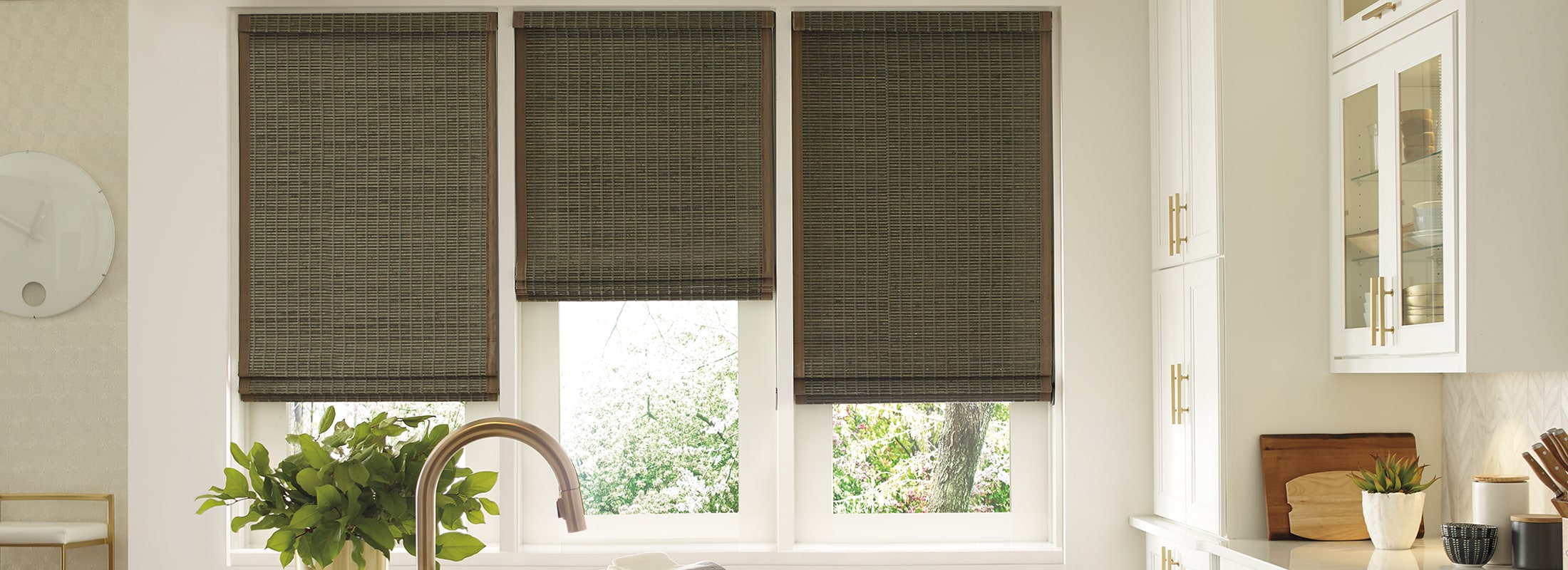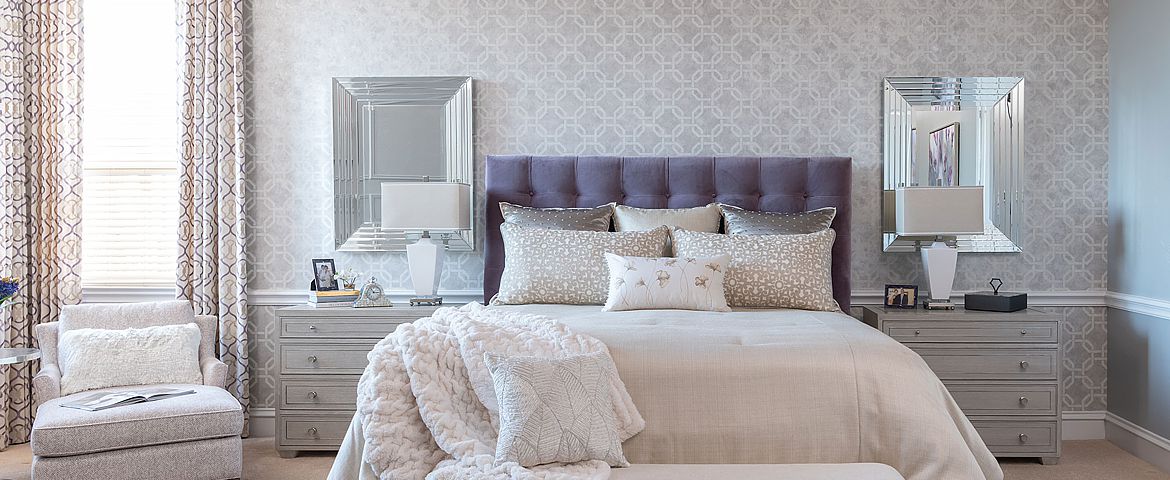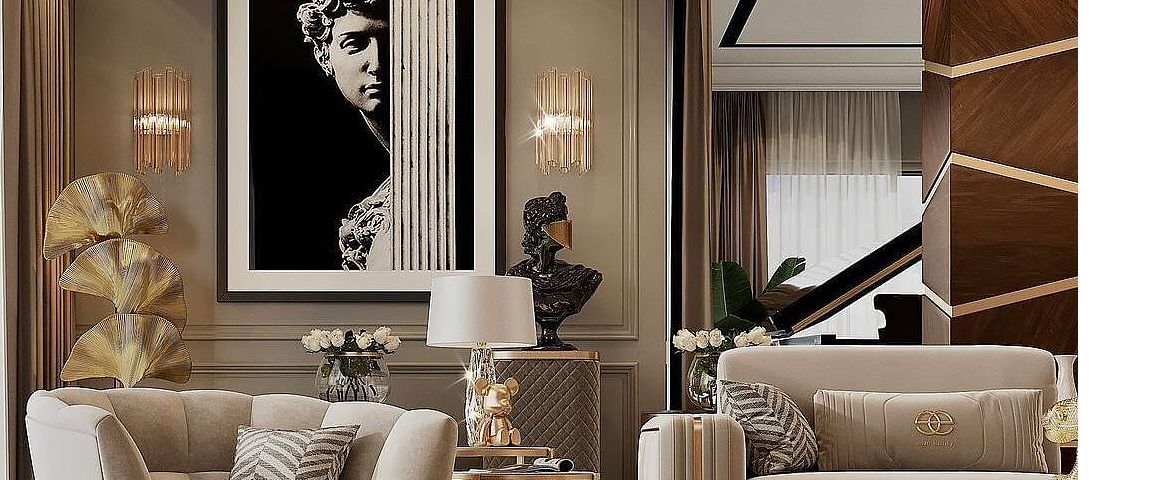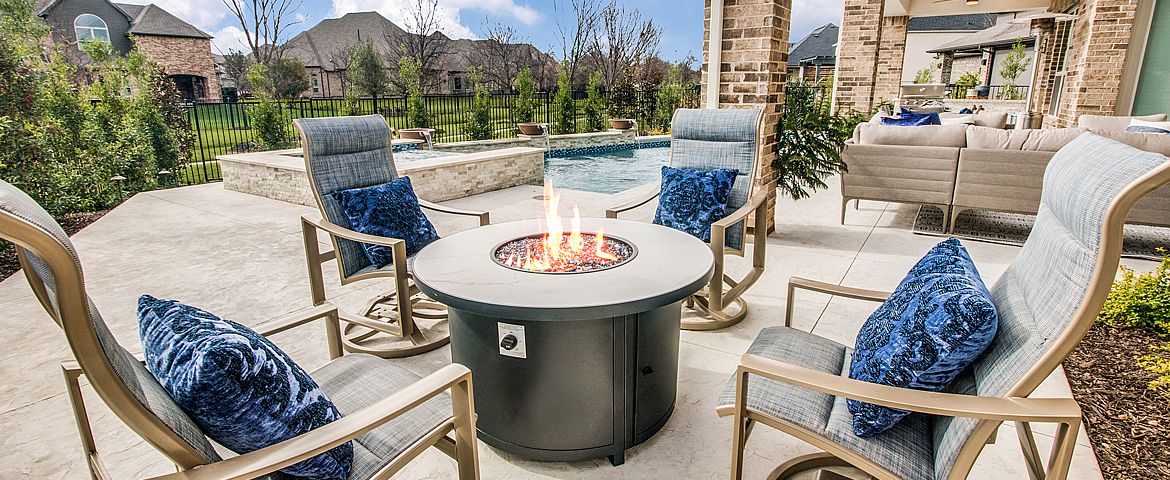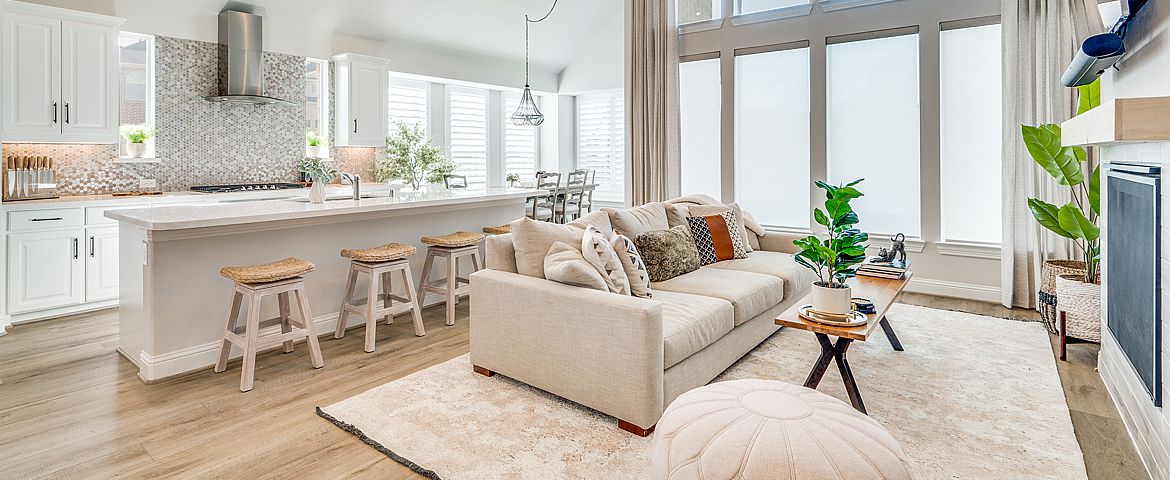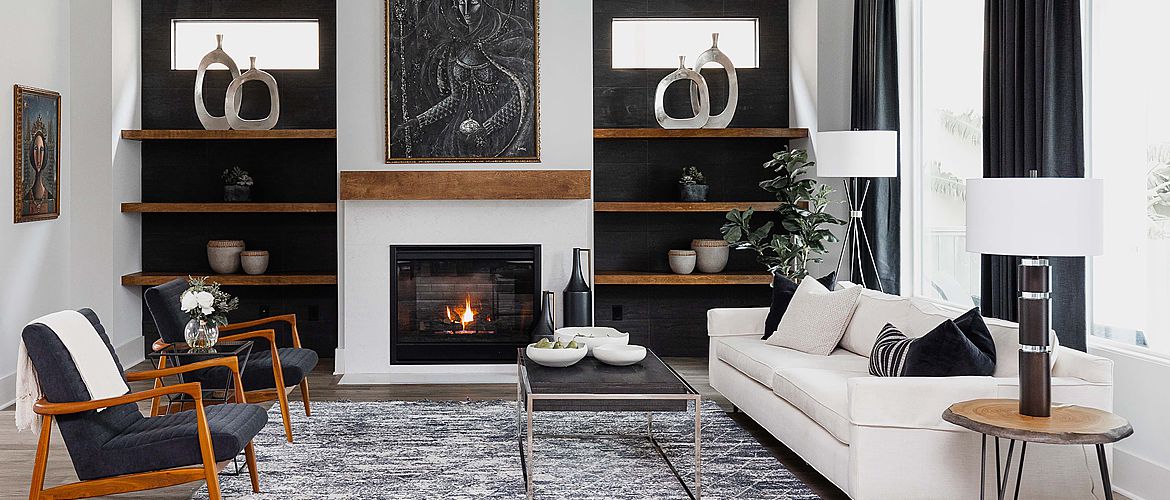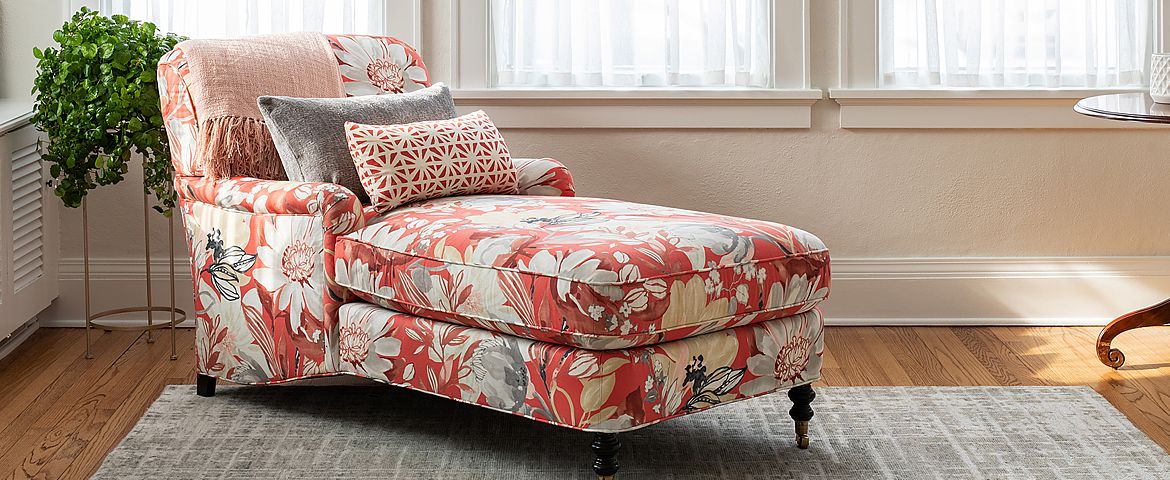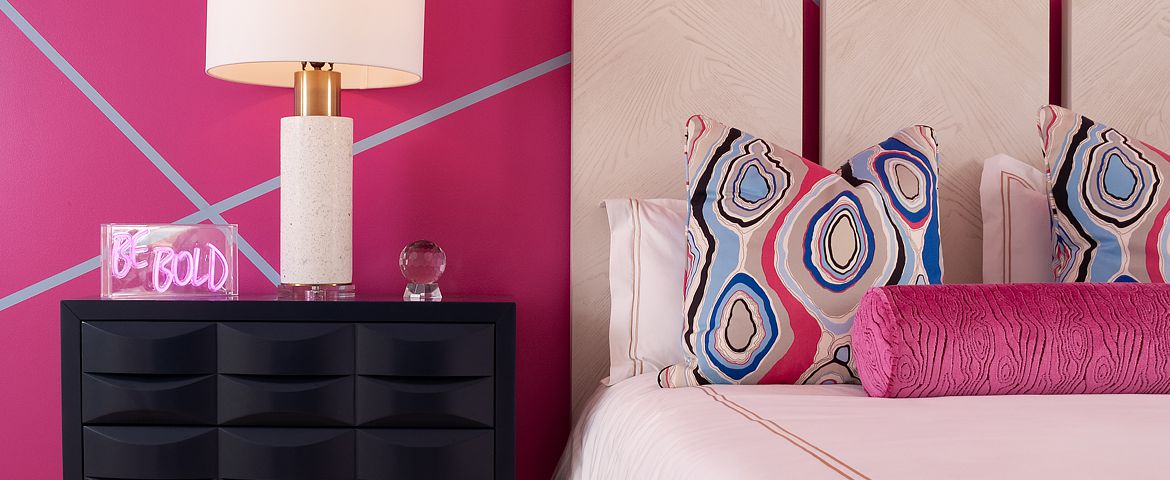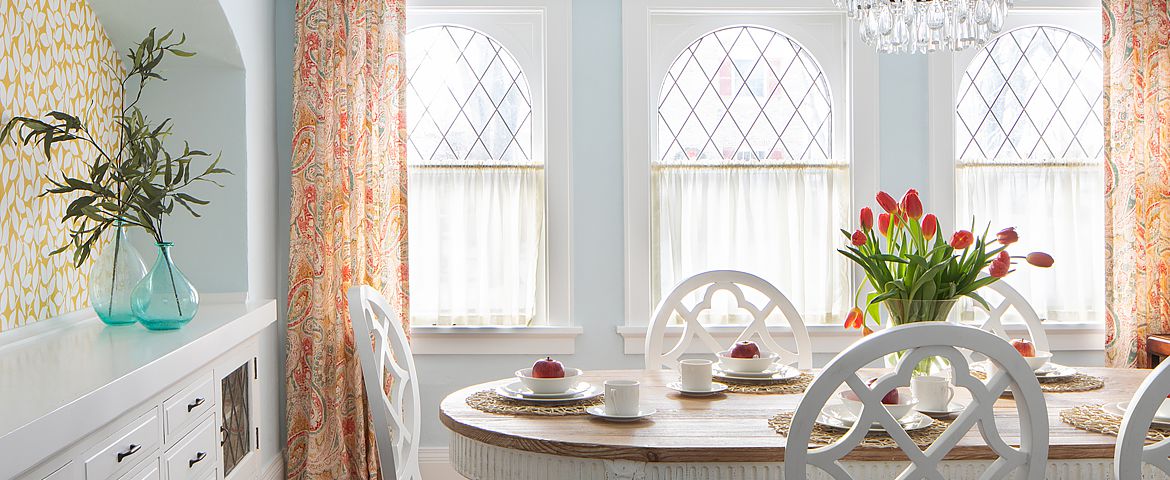While still in the throes of winter, it’s a good time to find out why you should be interested in window treatments.
Imagine living in a medieval castle with no glass in the windows! The first windows were often slits in the walls perhaps covered with wooden shutters which would still have been very drafty so our ancestors tried to keep out the cold with skins, then heavy brocades and tapestries. Glass for windows has been around since the Romans but until the 20th Century it was very expensive for the masses. Fortunately today’s windows offer more protection from the elements with multi-pane glass and coatings to deflect the sun.
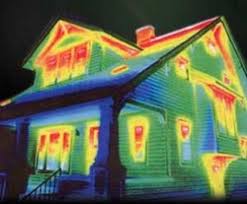 We tend to think that with today’s multi-pane windows we don’t have to worry about window treatments but in fact, up to fifty percent of your home’s cooling and heating energy is still lost out the window! Putting it bluntly, that means that half of your heating and cooling bills are literally lost out the window.
We tend to think that with today’s multi-pane windows we don’t have to worry about window treatments but in fact, up to fifty percent of your home’s cooling and heating energy is still lost out the window! Putting it bluntly, that means that half of your heating and cooling bills are literally lost out the window.
Thermal imaging cameras highlight heat against cooler backgrounds and firefighters use this technology to see through smoke, find people, and localize the source of a fire. The image shown here emphasizes in red where heat is escaping the house and one can clearly see that heat loss is greatest from the windows and roof. Many reputable home inspectors will perform an energy audit and those with thermal imaging capabilities can prove how best to improve your home with insulation, repairs and products such as window treatments.
Conversely, in warmer climates like Florida it’s not the heat that escapes, your electricity bill is just as expensive for the cool air! The same rules apply to both when conserving energy.
Blinds and Shades
The next best way to reduce energy costs are with window treatments and the first choice should be with blinds or shades. Some of the factors to take into account are:
- Light source: Where is the light coming from? How does it change during the day? How does it change seasonally?
- Privacy: Do you need full privacy from neighbors and passers-by or do you just want to screen the air-conditioning unit?
- UV protection: Built-in ultraviolet protection will reduce the harmful rays that fade carpets and upholstery. Did you know that your wood floors will also fade?
- Style: Do you prefer a traditional or contemporary look? Do you want your shades to stand out or fade away?
- Shape: Many new builds have specialized windows that require custom shapes from arches to Palladian’s. Tall ceilings with high windows will require either a permanent solution or motorization.
- Within reach: For tall windows or those you can’t reach, there are many motorized options that operate with battery remote control or can be hardwired (see my article Control at your Fingertips, August 2008.)
- Safety: Look out for operating systems without long cords that can cause accidents with children and pets. The Safety Standard since last year is that products used to cover windows must either be cordless or have short, inaccessible cords.
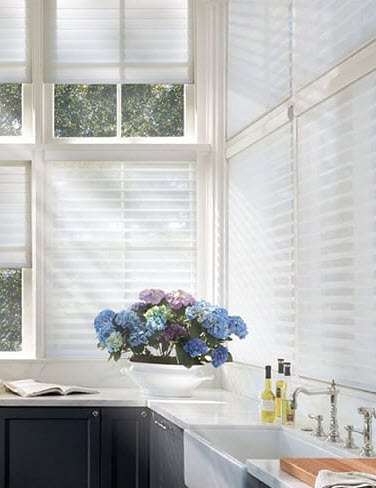 Hunter Douglas
Hunter Douglas
Hunter Douglas has long been a favorite of architects and designers because of their research and development, and the broad range of product. They are the nation’s leading manufacturer of custom window fashions and the only company offering an exclusive Lifetime Guarantee. The photographs shown here highlight a few of their styles and you can buy them through designers, dealers and architects.
Draperies are for beauty and energy conservation!
Draperies are generally seen as being part of home decorating and tend to get purchased last as they can be an expensive addition for your home. I try to dispel this myth with clients because to me they are a vital part of energy conservation as well as looking beautiful. There has been a trend to highlight windows with stationary drapery panels that nicely “frame” the window but provide no functionality at all.
Custom drapes should provide privacy, control light and frame the view. They should enhance the architectural elements of the space and establish the decorative style. Have your draperies designed to overlap when closed, have “returns” to the wall to stop drafts at the sides. The draperies should sit on or close to the floor. Drapes that “puddle” on the floor have some downsides: people trip over them, pets like to curl up in them!
An investment to enjoy
Look at window treatments as an investment in your home that will provide comfort and beauty for decades to come. Be guided by your personal taste and your home’s practical requirements. And lastly, don’t be afraid to ask for help as there are so many options available to get to the correct solution.
Call Kathy McGroarty (215) 412-9942 to find out how she can help you figure it all out and design the best window solution for you.

